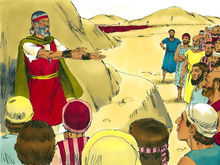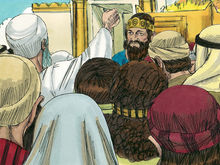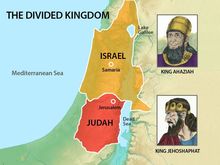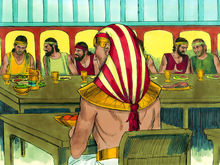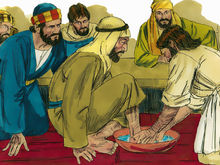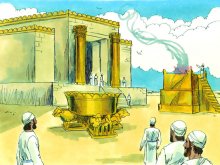Timeline of the prophet Daniel’s life
By Mark Morgan | Daniel , Timelines
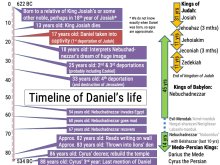
Daniel was an extremely godly man, presented by Ezekiel the prophet as an example of righteousness along with Noah and Job (Ezekiel 14:14, 20). Angels also say that he is “greatly loved” (Daniel 9:23; 10:11, 19). In short, Daniel is a wonderful character and reading his life’s story in the Bible is very valuable.
Timeline
This timeline of the prophet Daniel’s life is a rough overview because most of the events cannot be located exactly in his life. Some can be located in history, but we are not told Daniel’s age at any time.
Continue reading




